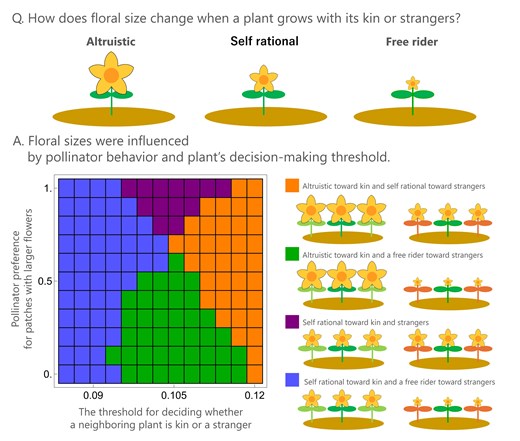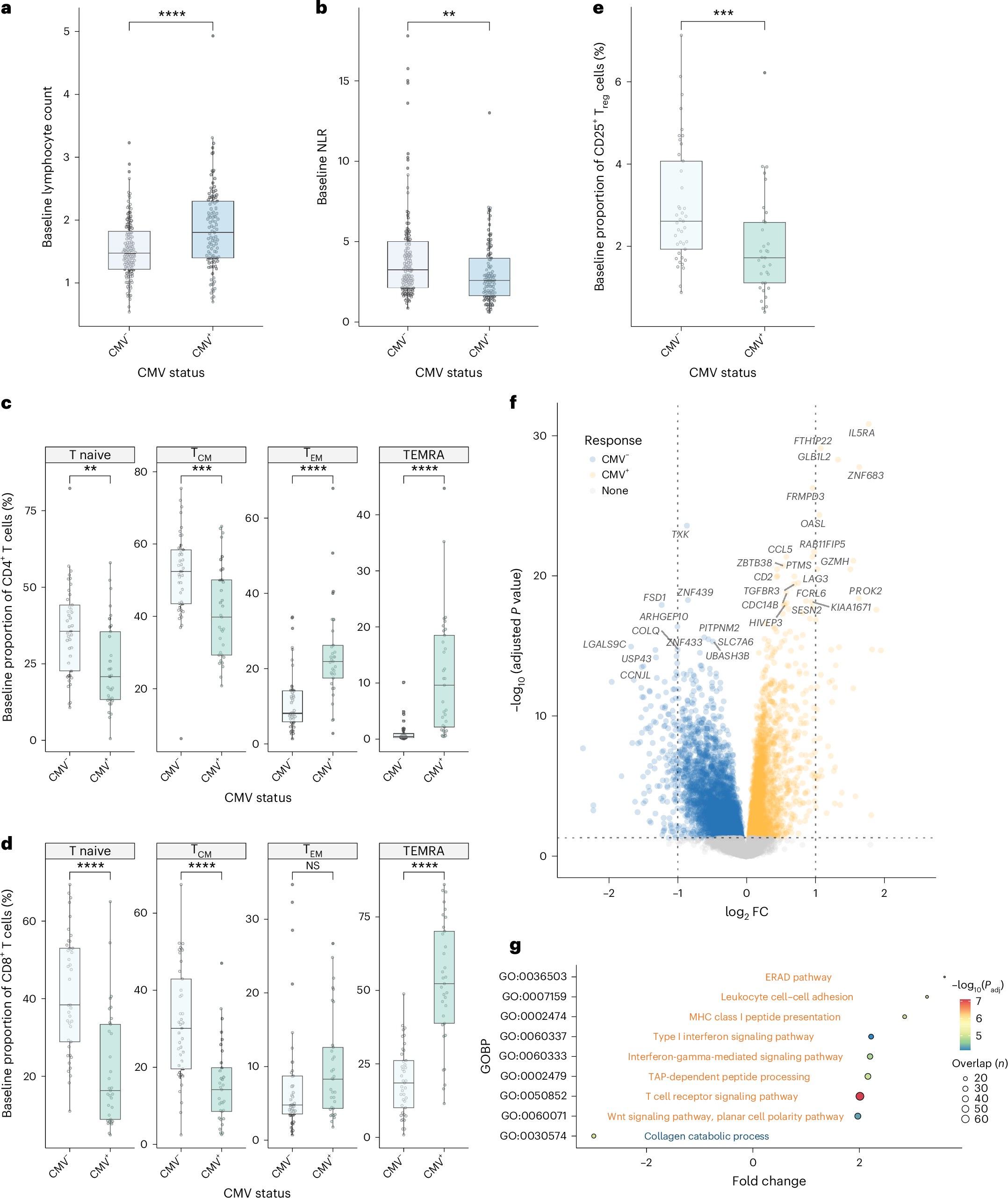2025-04-21 中国科学院(CAS)
<関連情報>
- https://english.cas.cn/newsroom/research_news/life/202504/t20250421_1041631.shtml
- https://onlinelibrary.wiley.com/doi/10.1002/anie.202505581
プロテオーム全体のデータが、DNAコード化化学ライブラリーを用いたリジン標的共有結合阻害剤の発見を導く Proteome-Wide Data Guides the Discovery of Lysine-Targeting Covalent Inhibitors Using DNA-Encoded Chemical Libraries
Xiaojie Lu, Xinyuan Wu, Shunyao Li, Ting Liang, Qing Yu, Yiwei Zhang, Jiaxiang Liu, Kaige Li, Zijian Liu, Mengqing Cui, Yongchao Zhao, Xin Han, Rui Jin, Minjia Tan, Xiaohua Chen, Yujun Zhao …
Angewandte Chemie International Edition Published: 13 April 2025
DOI:https://doi.org/10.1002/anie.202505581
Abstract
Broadening the application of covalent inhibitors requires the exploration of nucleophilic residues beyond cysteine. The covalent DNA-encoded chemical library (CoDEL) represents an advanced technology for covalent drug discovery. However, its application in lysine-targeting inhibitors remains uncharted territory. Here, we report the utilization of CoDEL selection guided by proteome-wide data to identify lysine-targeting covalent inhibitors. A comprehensive assessment of activity-based protein profiling (ABPP) data on lysine distribution and ligandability reveals potential targets for selective covalent inhibition, including phosphoglycerate mutase 1 (PGAM1), bromodomain (BRD) family proteins, and ubiquitin-conjugating enzyme E2 N (UBE2N). The 10.7-million-member CoDELs, featuring diverse lysine-reactive warheads, enables the discovery of a series of covalent inhibitors, covering photo-covalent, reversible covalent, and irreversible covalent reaction mechanisms. In-depth characterization of binding sites and modes of action provides structural and functional insights. Notably, irreversible covalent inhibitors unveil a novel mechanism for regulating UBE2N-mediated ubiquitination by modulating the conformation of the protein complex. Our work adopts the ABPP-CoDEL strategy, offering an efficient and versatile selection method for the development of covalent inhibitors targeting functional lysines.



